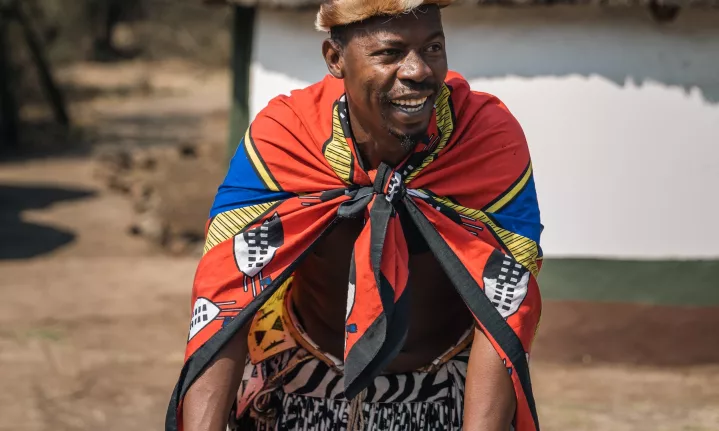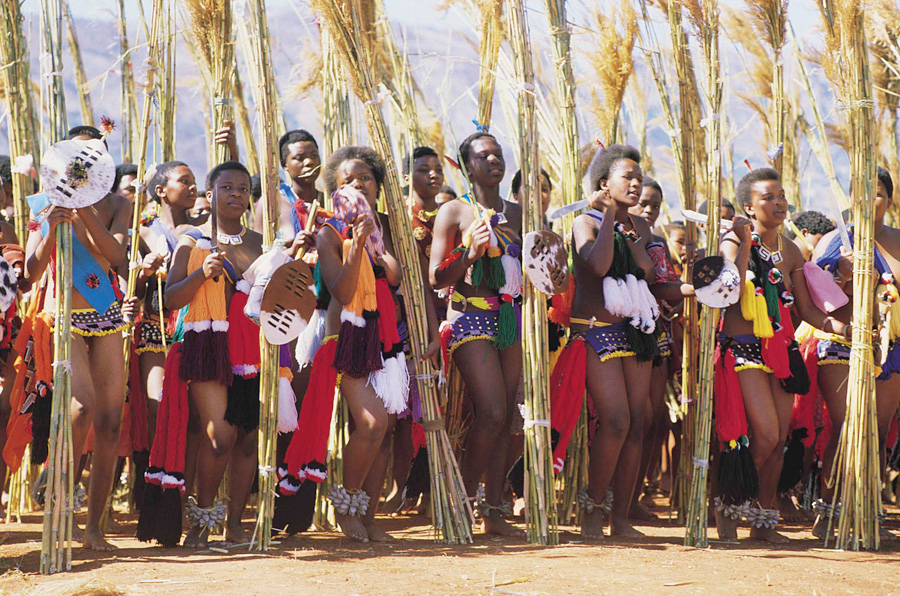What Does South African Culture Today Do?
What Does South African Culture Today Do?
Blog Article
The Greatest Guide To South African Culture Today
Table of ContentsThe Facts About South African Culture Today RevealedWhat Does South African Culture Today Do?What Does South African Culture Today Do?The Buzz on South African Culture TodaySouth African Culture Today Fundamentals ExplainedSouth African Culture Today Things To Know Before You Buy

The and lamb in addition to of people with guards and spears, in their paints. Sadly, hunter-gatherers can not live completely alongside a cleared up area and thus troubles occurred. When the San battled against the BaNtu, they went to a massive downside not only in numbers yet likewise in lack of tools.
The Europeans had horses and weapons. In this period, the variety of San was considerably decreased. South African culture today. They fought to the fatality and preferred fatality to capture where they.Colonialism damaged the San migratory method of life, they were no much longer enabled to wander freely and prize hunters damaged the large herds of video game that formed their major supply of food

Certain individuals may presume management in details rounds in which they excel, such as hunting or healing rituals, but they can not accomplish settings of basic impact or power. White homesteaders located this very confusing when they tried to. Leadership among the San is kept for those who have lived within that group for a long period of time, who have accomplished a respectable age, and excellent personality.
Land is typically owned by a team, and civil liberties to land are generally acquired bilaterally. Kinship bonds give the. Subscription in a team is established by residency. As long as an individual survives the land of his team he preserves his subscription. It is possible to hunt on land not possessed by the team, yet authorization needs to be acquired from the owners.
The 45-Second Trick For South African Culture Today
The San arrowhead does not kill the pet right away. In the situation of tiny antelope such as Duiker or Steenbok, a couple of hours might elapse before fatality.
Water is difficult to come by, as the San are frequently on the relocation. Normally throughout the completely dry season, these migrants gather their dampness by scratching and squeezing roots - South African culture today.
A caterpillar, reddish yellow in colour and regarding three-quarters of an inch long, called ka or ngwa is likewise utilized. The toxin is extremely hazardous and is considerably been afraid by the San themselves; the arrowhead points are for that reason reversed so that the toxin is safely included within the reed collar.
The poison is neuro harmful and does not contaminate the entire pet. The San likewise dug pitfalls near the bigger rivers where the video game came to drink.
All About South African Culture Today
These challenges were smartly covered with branches, which caused the animals strolling over the pit and falling onto the risk. When catching tiny animals such as hares, guinea chickens, Steenbok or Duiker, or fiber from plants were utilized. These had a running noose that suffocated the animal when it entered the snare to accumulate the food that had actually been placed inside it.
Aardvark openings are used by little dollar as a resting location to escape the noontime sunlight. The seeker waited patiently behind the hole up until the pet left. When this happened, it was be securely pinned and appealed the head with a Kerrie (club). The and know the routines of their target.
The Basic Principles Of South African Culture Today
If the ground is bare and open, he will certainly creep on his stubborn belly, sometimes holding a small bush in front of him. Hunters carry a skin bag slung around one shoulder, containing personal belongings, poison, medicine, flywhisks and added arrowheads. They might see post likewise bring a club to throw at and stun little game, a long probing adhere to remove hares from their burrows or an adhere to remove Aardvark or Warthog.
According to San practice, they rated to share the meal and would certainly, in the future, need to respond similarly. Plant foods, gathered by the womenfolk, are not shared yet eaten by the female's instant family. The San use over 100 edible types of plant.
Children remain at home to be viewed over by those remaining in camp, however nursing children are brought on these gathering journeys, including in the tons the females should lug. Until lately, most amateur and professional anthropologists looked at a rock painting of the San and thought reference that they could understand it with no issues.
Women often aid in the hunt and the guys sometimes assist collect plant foods. When shaman (medicine guys) repainted an Eland, they did not just pay respect to a spiritual pet; they also utilized its significance (N!um). By placing paint to rock, they would be able to. San rock paints are located in rough areas of the KwaZulu-Natal, Eastern Cape and the Western Cape provinces (South African culture today).
The 7-Minute Rule for South African Culture Today
Blue and green were never used. Red was stemmed from haematite (red ochre), and yellow from limonite (yellow ochre). Manganese oxide and charcoal were used for black; white, which does not maintain well, was possibly gotten from bird droppings or kaolin. The blood of an Eland, a pet of excellent spiritual and symbolic relevance, was commonly blended into the colour pigments.
Human figures are elegant and portrayed as having long strides and the animals are either trotting or leaping, or, much more discreetly, snapping a tail or twisting a neck. A lot of the paints have an underlying spiritual motif and are here thought to have actually been representations of spiritual events and rituals. The San idea system generally observes the preeminence of one effective god, while at the same time identifying the visibility of minimal gods together with their partners and children.
Amongst some San, it is believed that functioning the soil contrasts the world order developed by the god. The most important spiritual being to the southerly San was/ Kaggen, the trickster-deity. He created lots of things, and shows up in numerous misconceptions where he can be silly or sensible, tedious or helpful.

However,/ Kaggen is not always a praying mantis, as the mantis is only one of his symptoms. He can additionally become an Eland, a hare, a serpent or a marauder - he can assume many forms. When he is not in one of his animal forms,/ Kaggen lives his life as a normal San.
The Only Guide to South African Culture Today
when he eliminates his very first big antelope, preferably an Eland. As soon as captured, the Eland is skinned and the fat from the animal's throat and collarbone is made into a brew. In the women' adolescence rituals, a young girl is separated in her hut at her very first menstruation. The women of the people carry out the Eland Bull Dance where they copy the breeding behaviour of the Eland cows.
Report this page